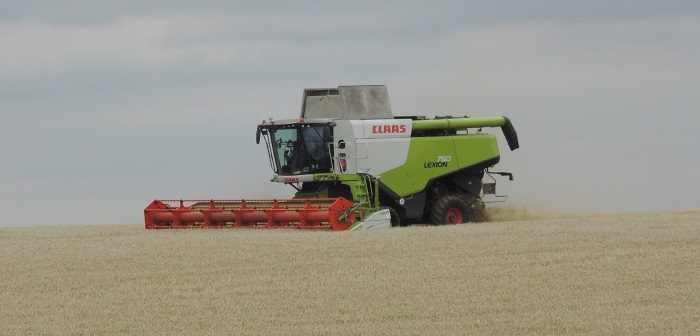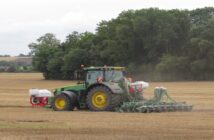The latest Rabobank Field Crop Margin Outlook has Europe showing a recovery in margins, Australia’s margins at reasonable levels, but US farmers facing another challenging year in 2017.
“US farmers will face another challenging year in 2017,” says Harry Smit, Senior Analyst Farm Inputs at Rabobank. “Where wheat farmers in the Great Plains area saw a small improvement of margins in 2016, following an exceptionally good yield, the Midwest corn-soy farmers saw a continuation of margins too low to cover all costs.”
Rabobank’s latest analysis looks at the specific costs associated with a mix of representative field crops to estimate the gross margins in the following regions: the US (the Great Plains and the Midwest), Brazil (Mato Grosso), France, Poland, the Netherlands and Australia (New South Wales). It provides an overview of the latest developments in field crop margins around the world and an outlook for the coming year.
Margins
In Brazil, a series of years with attractive margins also seems to be coming to an end, be it that 2017 is still okay. Brazilian farmers have been able to prevent margin pressure in 2017 by a lot of forward selling. Now that the two drivers of rising farmgate prices—the global agri commodity boom followed by the weakening of the real—are fading, margin pressure may mount after 2017. Moreover, the general economic situation with difficult access to credit is expected to continue in Brazil.
Europe, France and Poland are expected to show a recovery in margins in 2017 after a dip in 2016. However, farmers will only experience this improvement once the cash of the new crop comes in, which means not before late 2017 at the earliest. In the Netherlands, the relatively favourable potato prices are expected to result in above-average margins in both 2016 and 2017.
In Australia, in the absence of extreme weather events, margins—though declining—are expected at reasonable levels in both 2016 and 2017. Field crop farmers are experiencing a relatively long period of attractive yields, caused by an absence of droughts in recent years. This year’s price decline will be partially offset by an above-average yield.
Agri commodity prices and inputs
The outlook for agri commodity prices is relatively flat for 2017. The same goes for exchange rates. As fertiliser supply capacity continues set to outweigh global demand, we forecast fertiliser prices for 2017 to remain depressed and remain around today’s level. Overall, fertiliser prices today are about one-third lower than they were on average last year. This means that yield will be the most important factor in projecting farmer margins in 2017.




